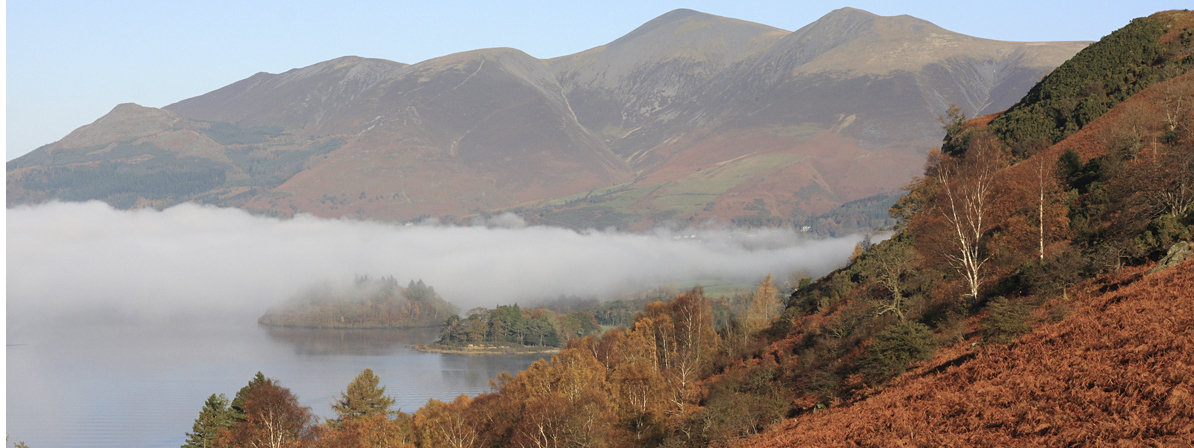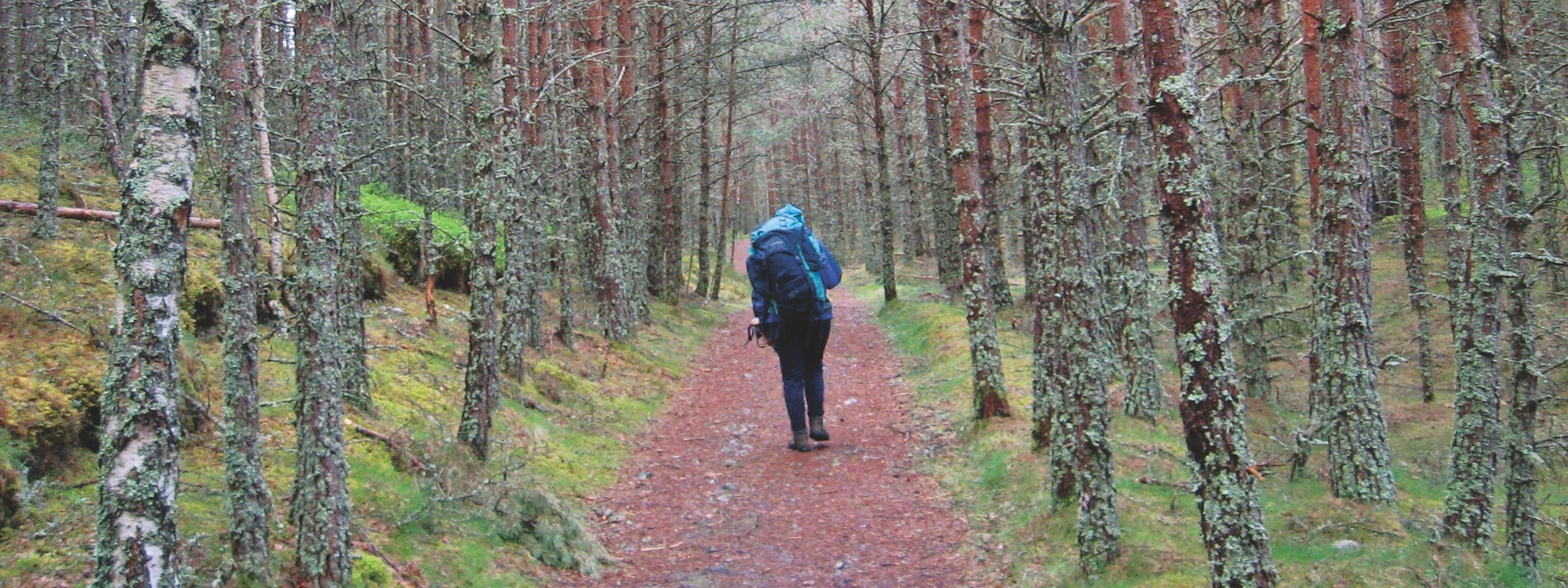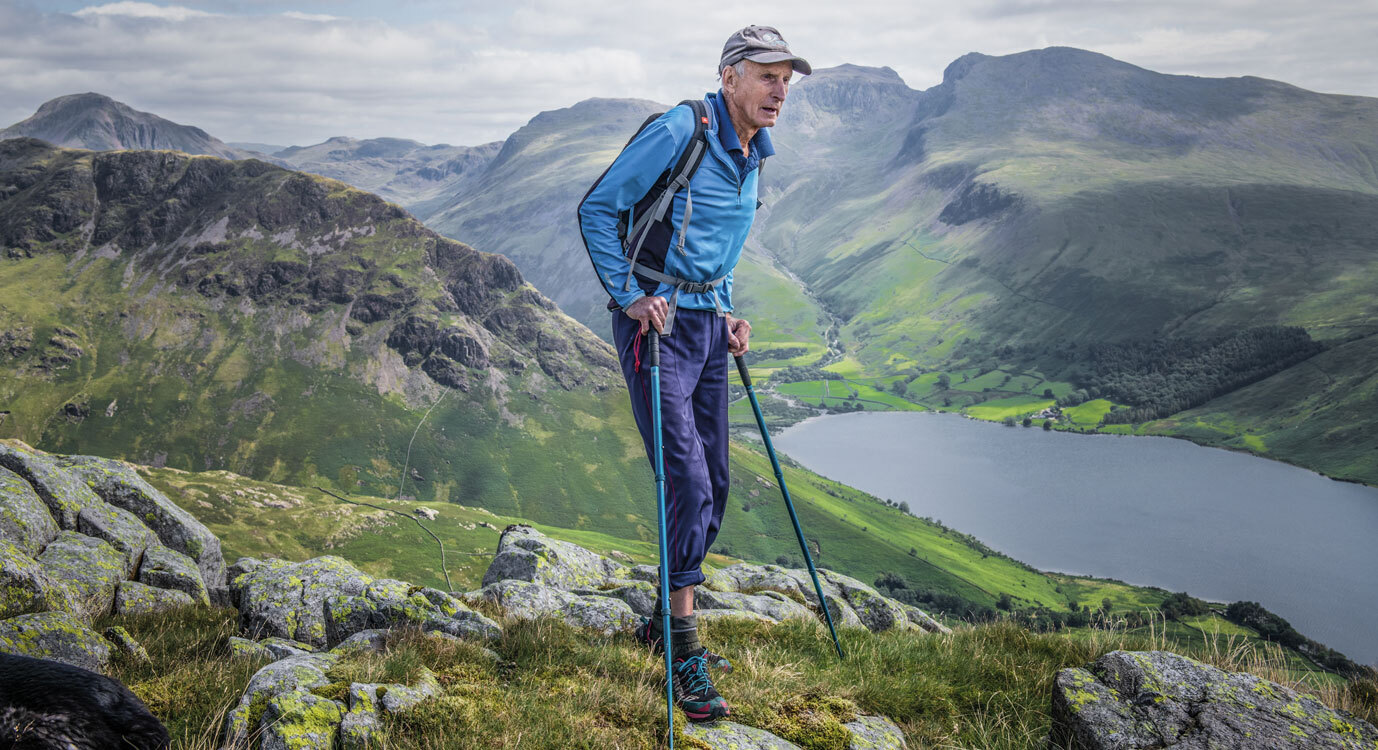Autumn Leaves in the Lakes
Autumn: it’s the time of year that brings out the poet in all but the hardest of us. Who can fail to be moved by the sublime spectacle of the changing colours? From Constable to Monet, artists have tried to capture its glory, while poets proclaim it the “the year’s last, loveliest smile”. Scientists may explain it away with biochemical reactions, using mystifying words such as carotenoids, chlorophylls and xanthophylls, but nothing can dispel the magic of a walk on a cool, crisp October morning when, all around, the previously green landscape is taking on shades of red, gold, yellow and bronze.
Throughout the Lake District, an already inspiring landscape takes on an almost surreal beauty. Ask a dozen people to give their favourite places for viewing this spectacle, and you’ll get at least a dozen different answers.
For me, one of the answers would be the 11km stretch of road leading south from Keswick to Seatoller has to be one of the best: along the eastern shore of Derwentwater, stretching right into the very heart of Borrowdale are ancient woods that cling to the steep fellsides and spill over the banks of the River Derwent. These are the precious remnants of an immense oakwood that once cloaked Europe’s Atlantic coast, all the way from Portugal to Norway. The sessile oak is one of the most common species – slightly smaller than the mighty pedunculate oaks more closely associated with areas further south and east – but other native species can be found too, including birch, holly, hazel, alder and yew. All add their own unique contribution to the valley’s amazing palette of autumn colours, even the coniferous yew with its bright red, berry-like arils hiding its seeds.
Where to walk to appreciate this beautiful dale in the autumn? Even in this tiny portion of the Lake District, the choice is immense. Take a stroll along the River Derwent from Seatoller to Grange and then get the bus back; climb to the top of Castle Crag for a picnic above the treetops; complete the full 14.5km circuit of Derwentwater; visit the Lodore Falls; explore the Ashness Woods and then wander up to Watendlath; walk through Great Wood and then climb to Walla Crag to view the spectacle from above.

A quick glance at any map of Cumbria reveals huge swathes of green in the south of the county too: woodland seems to dominate in the Duddon Valley, around Coniston and Hawkshead and along the shores of Windermere. Some of this, particularly in the Grizedale Forest, will be conifer plantation, but even here large expanses of deciduous woodland break up the regimented lines of green spruce, bringing a vibrant display.
Explore Claife Heights on the western side of Windermere and you’ll experience some of that variety. An unbroken line of good tracks and paths follows the shore of England’s longest lake for almost seven kilometres, hardly ever leaving the woods: from The Ferry House near Far Sawrey north, all the way to Wray Castle. Returning via the 244m top of Latterbarrow – a fine viewpoint over the treetops, and the many tarns that bejewel these gently rolling hills – makes for an excellent day out through a diversity of landscapes. But it’s also a fairly long day – at least 17km depending on which route you choose – so you’ll need to make sure you start early and have plenty of daylight.
Getting caught out here by autumn’s ever-lengthening nights is to be avoided at all costs... unless you’re deliberately seeking an encounter with the hooded figure that’s said to wander these dark forest tracks after dusk. The so-called Claife Crier is thought to be the spirit of a monk from Furness Abbey who was prevented from marrying the woman he loved by his monastic vows. Tormented, he retreated to the forests of Claife where he died of grief. Others say the sinister apparition is the ghost of one of the dozens of people who drowned in two boating tragedies on the lake in the 17th century.
My favourite part of the Lake District at this time of the year lies in the west of the National Park: Crummock Water and Loweswater. Every year, come the frosts of October and November, I grab my camera and head for the shores of these two lakes. In the hour or so after sunrise, a little mist invariably hangs over the water’s surface and, in some years, there may even be an early, light dusting of snow on top of the mountains. This area may lack the concentration of woodland that Borrowdale has, but it has something that the valley on the other side of the Honister Pass lacks. Don’t ask me what it is; it’s an almost ethereal quality created by the perfect combination of fell and lake.
And it’s from vantage points such as Rannerdale Knotts above Crummock Water that the full scale of nature’s most striking seasonal transformation can be appreciated: it’s not just the leaves and berries on the trees and bushes – everything is changing. The grasses, sedges and rushes have lost their deep, luscious shades of summer green, and, even more striking, the bracken is turning the lower fellsides a beautiful bronze, briefly redeeming itself for the pernicious way in which it chokes the countryside in the summer.
Autumn is a good time of year to spot red squirrels in Holme Wood beside Loweswater and the mixed woods at Lanthwaite, beside Crummock Water.
This is the busiest time of year for our endangered native squirrel, the time when they need to eat as much as possible to put on fat reserves to get them through the imminent winter and enable them to breed successfully the following spring. Eating the seeds from pine cones, larch, spruce, hazel and oak, as well as fungi and berries, they can put on up to 12 per cent of their body weight during the autumn. Their natural shyness is forgotten as the quest for fat becomes paramount. This is when they can be seen scurrying along the woodland floor, picking up nuts in their tiny paws, eagerly munching the good ones and quickly discarding the bad ones.
A circuit of Crummock Water, with a detour to the 355m top of Rannerdale Knotts, presents some of the most sublime low-level walking in the Western Lakes, if not the entire National Park. Just over 14km, it can be extended by adding on loops to take in Flass Wood, Green Wood and even Holme Wood.














